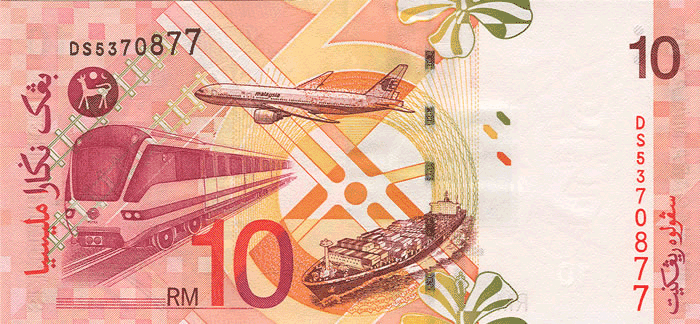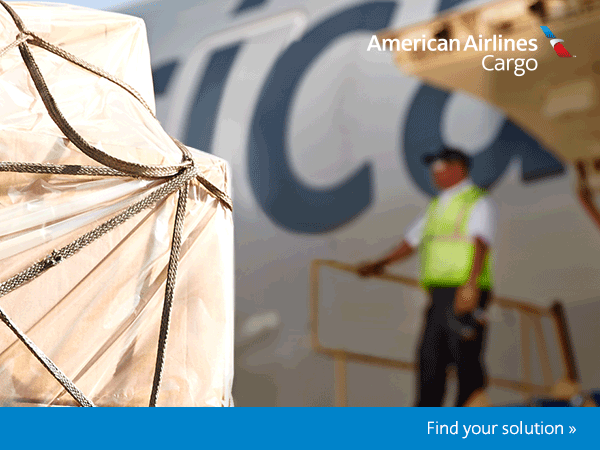| 
Ukrainian coal miners search the site of a crashed
Malaysia Airlines passenger plane near the village of Rozsypne, Ukraine,
eastern Ukraine, Friday, July 18, 2014. Rescue workers, policemen and
off-duty coal miners were combing a sprawling area in eastern Ukraine
near the Russian border where the Malaysian plane ended up in burning
pieces last Thursday.
The
Malaysia Airlines flight MH17, a Boeing 777-200ER, registration 9M-MRD,
which crashed at 10:15 EDT on Thursday, July 17th near the village of
Hrabove, Ukraine, was only about 90 minutes into its journey from Amsterdam-Schiphol
to Kuala Lumpur International when it was deliberately shot down with
a BUK 9K37 anti-aircraft missile system.
IHS Jane’s Defence Weekly
says the weapon used to murder 283 passengers and a crew of 15 was a SA-11
Gadfly.
The BUK, produced in the USSR since
1979, is basically a turntable with four surface-to-air missiles mounted
on a tracked vehicle; usually another vehicle is equipped with the radar
guidance system used to track aircraft and the IFF (identification, friend
or foe).
The Buck Stops Here
All civil aircraft squawk a unique
identification number, and travel on a flight path at an altitude typically
reserved for civil air traffic.
As to the reasons why MH17 was
not identified properly as a civil airliner, Jane’s has
put forward that the incident was an error, caused by insufficient training
of the BUK missile system presumably manned by pro-Russian rebel forces.
As to the various conspiracy theories
that have radiated all over the media, we will have none of that.
As far as it is known, at the time of the attack above the Ukraine, there
was nothing Malaysia Airlines or the flight crew could have done to prevent
the cruel loss of their unarmed civilian airliner.
Accusations in some media that
either Malaysia Airlines flight planning center or the crew should have
avoided Ukrainian airspace seem like immediate knee-jerk reactions, especially
considering the facts.
The Ukrainian airspace was open
to civil air traffic, and no NOTAMS containing any warnings to avoid certain
flight paths or use heightened caution existed.
In fact, many other airlines—among
them Lufthansa, Thai Airways, Emirates, and Aeroflot—have used exactly
the same air traffic routes until just this past Thursday. Since manpads
(shoulder-launched weapons like the Stinger antiaircraft missile) do not
reach higher up than 4,500 meters/15,000 feet, even war zones were believed
to be safe as long as they were traversed in altitudes above 25,000 feet.
Only heavy military equipment (such
as the BUK system in question) can reach up to 75,000 feet.
What Happens To MAS?
We can only wonder what direct
and indirect impact on Malaysia Airlines’ operations and reputation
this most recent loss will have considering the strange and as yet unexplained
mystery that continues to swirl through the media—the loss of MH370.
What cannot be measured is how
the public feels after these two highly improbable crashes; only the future
bookings will tell.
Since March 8th, MAS has been seen
as the airline “which recently crashed” and now is seen “as
the airline which recently crashed twice.”
While such simplifications are
understandable amongst an uncertain flying public, they are unhelpful.
The fact is that Malaysia Airlines
enjoys a positive reputation regarding its passenger and cargo services
and had recently passed with flying colors both the ICAO Safety audits
and the IATA IOSA audit.
For an airline to lose a pair of
the most sophisticated airplanes in the skies, first to the unexplained
and then to what is presumed to be a military shoot-down is a coincidence
from hell.
MAS, like many airlines worldwide,
has been hit hard, first by the Asian financial crisis in the late 1990s
and then again by the aviation crisis peaking in 2008.
In 2014 MAS was already struggling
prior to MH370 after recording a 2.53 billion Ringgit (800 million US$)
loss in 2011.
Malaysia Airlines Berhad stock
fell to about 0.34 Ringgit (0.11 US$) after the MH370 incident and has
not recovered since.
Now just last week the MH17 disaster
caused a further fall to 0.20 Ringgit; according to Bloomberg it’s
an almost choking 11.11 percent loss.
Skyrocketing Insurance
Insurance premiums, which had been
upped considerably (in excess of 30 percent) after the MH370 incident
will likely only be elevated further now, worsening MH’s cost base.
Since Malaysia has ratified the
Montreal Convention (1999 Rules for international carriage by air)—notwithstanding
the fact that no blame can be attributed to MH17 as such—the compensation
for each passenger will likely be about $174,000 USD, totaling about 49
million US dollars. That is in addition to the 250 million US dollars,
which is the value of the lost aircraft according to figures obtained
by Reuters.
While we certainly do not want
to focus on figures when there has been such a terrible loss of life,
it must also be said that the impact on MAS’s standing and operations
will also affect the lives of the 23,000 staff employed by the carrier
both in Malaysia and abroad.
Lockerbie & 911
Thinking about the recent run of
news about Malaysia Air, we can only recall what happened to Pan American
World Airways, whose demise was accelerated by the Lockerbie terrorist
hit on PAA’s Flight 103 on December 21st, 1988.
Also no one of this or any other
generation can forget the impact—both immediate and long term—on
hundreds of thousands of airline staff both in the U.S. and around the
world after a fateful September day in 2011 changed life forever.
 |
Pride of a Nation S/H
For Malaysia, Malaysia Airlines
is more than an airline and a flag carrier—it’s a national
icon.
That the most widely used banknote
in Malaysia—the 10-Ringgit note—features a MH 777 is no coincidence.
Malaysia Airlines began with a
single aircraft, an Airspeed Consul flying between Singapore and Kuala
Lumpur in 1947.
After gaining independence the
name changed to Malaysia Airlines and then to Malaysia-Singapore Airlines
(MSA).
MSA ceased operations in 1972,
and two airlines were born—Malaysian Airline System (MAS) and Singapore
Airlines.
Although MAS proudly flew its flagship
A380-800 Kuala Lumpur-UK into the capital of its former colonial ruler,
the company has been in retreat elsewhere, losing money for years, and
closing its USA operations altogether prior to MH370.
When you think about these terrible
crashes, MAS may have been victim of nothing more than very bad luck.
Now the carrier needs to try and
get a handle on controlling its own destiny.
Jens
|






